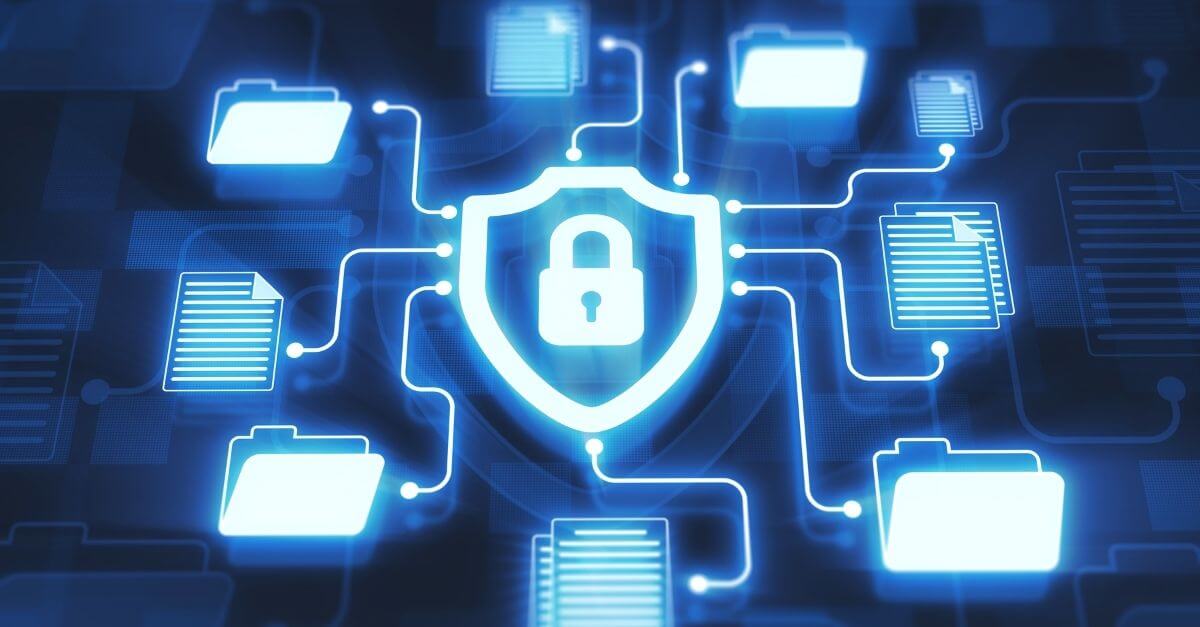Risk analysis: cybersecurity for companies

When it comes to cybersecurity, no company is safe. In fact, even the giant Uber suffered an attack recently. Cybercriminals triggered multiple multi-factor push notifications from Duo Security (Two-Factor Authentication) on an in-house contractor’s device until they managed to enter the internal network via a VPN connection. From there, they were able to move freely through the internal network with administrator privileges on all internal systems and making captures of internal applications, security panels, etc. Although the company takes away its weight, it is a very serious intrusion that the attackers themselves flaunt in a Telegram chat.
These attacks can destroy a company or ruin its credibility. Therefore, it is necessary to carry out a risk analysis on a regular basis.
Risk analysis for companies
A cybersecurity risk analysis evaluates a company’s IT systems and uncovers weak points. When they are known, it is possible to work on countermeasures. Realizing these kinds of breaches can prevent a data breach and the financial consequences that come with it.
1. Define what is the valuable information that deserves more security
The first step of a cybersecurity risk assessment is to determine what information is most valuable to the organization. Small businesses are increasing their IT budgets in this regard, but there are always vulnerabilities in the system. On the other hand, not all initiatives can apply the maximum level of security at all levels, as it would be very expensive and inefficient. Establishing which data has the most value means deciding where to apply the most protection.
There are some interesting questions about that.
- Would there be penalties if attackers expose this information? Sensitive information, such as a customer’s details, must be protected at all costs. Violations of the GDPR (General Data Protection Regulation) can cost thousands of euros. Non-legal consequences, such as losing public trust, must also be considered.
- Could competitors use this information? Key business information, such as plans, sales projections and other sensitive data, must have special security treatment.
- Can you work without this data? If you cannot work without this data, of course, you have to protect it. It’s worth asking how long it would take to rebuild this data from scratch if you don’t have a backup.
2. Data storage evaluation and permission review
Another crucial part of any risk analysis is determining current security levels. Taking into account the type of data the company collects,
- Are they being stored securely and is encryption being used?
- When an employee accesses this data, does they use multi-factor authentication or one-time passwords?
- If employees access this data remotely, how do they access it?
- Are they using secure software ?
3. Establish cybersecurity threats
There is also to consider what kind of threats you are most likely to face in the coming years. Data loss can be due to a wide variety of factors.
- Natural disasters. If the server room was flooded and the servers were destroyed, could the business continue? Backups and cloud servers can make the difference between continuity or not.
- Insider threats. Most of the attacks are internal in nature. For example, a disgruntled employee, someone who wants to steal intellectual property from the company, etc. Therefore, it is necessary to make sure that you track the activity of employees on the network.
- Employee errors. Not all data breaches are the result of malicious actions. Sometimes, human error is to blame. An employee can click on a link in an email and download malware to the system or they can respond to a phishing email.
- Cyber attacks. Cyberattacks have various levels of scope and sophistication. Depending on the value of the data and the intentions of the attackers, they can deploy more or less aggressive actions to get hold of or corrupt them.
4. Know the vulnerabilities and secure them with the help of artificial intelligence
By now, you should have an idea of where the vulnerabilities lie. For each one, it will be necessary to apply a solution or have a suitable tool. For example, Microsoft Defender is a comprehensive solution for securing the cloud environment and remote access. In addition, it has AI (artificial intelligence) protection against ransomware, which makes it one of the best defense platforms that can be found on the market.
This system deploys machine learning techniques to assess whether a device is at risk. In that case, Defender blocks the user’s next steps. The flexible protection it offers is based on the cloud protection model used today, but it’s smarter. The extra layer of AI makes it possible to identify suspicious behavior earlier to provide valuable extra time for neutralization measures.
5. Review the state of computer security regularly
Cybersecurity is a fast-moving field: no company can afford to rest on its laurels. Thus, at a minimum, it is advisable to carry out a risk assessment once a year.
When reviewing the analysis and comparing it with the previous one, it is necessary to inquire about the effectiveness of the measures implemented and if they reduced the number of cyber attacks experienced by the organization.
It is also possible to work with security risk classifications to manage cyber hygiene in all cases. They are based on different criteria to review and act objectively on security processes and measures. This increases the monitoring capacity of the case network to stay one step ahead of any cyber threat.
In short, having a computer security company is very convenient in these times. It is an essential support when you do not have the appropriate means within the organization to keep data, infrastructures and equipment safe. We are Pasiona and we offer cybersecurity services and technological consulting specialized in Microsoft solutions.
artificial intelligence, malware, phishing
Go back



